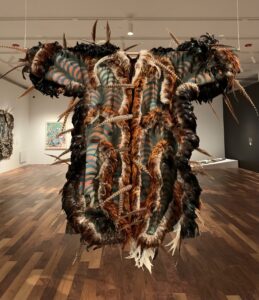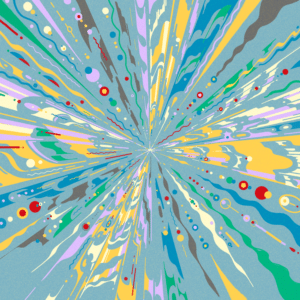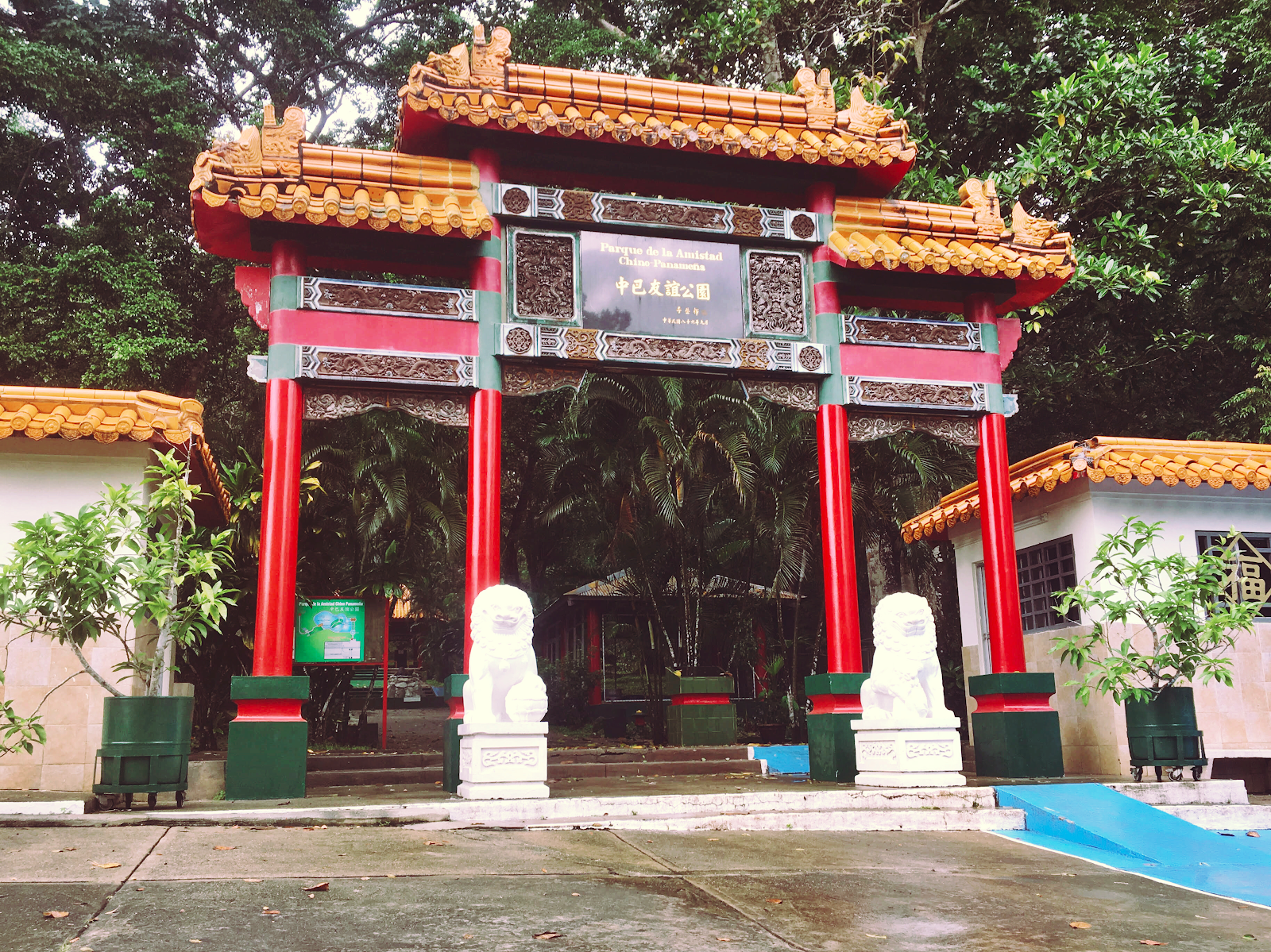In an article in The Los Angeles Review of Books’ China Channel, a writer visits Panama City in search of its Chinatown and to learn about its unique Chinese identity, which has been shaped by centuries of political and linguistic change. Part of the monthly column, Diaspora.
My mother is one of the most worldly travelers I know. Mention any city or country around the world, and she’s either been there or is game for going. “What about Panama City?” I asked. She agreed immediately.
Panama City had been on my mind since reading Cristina Henriquez’s The World in Half and Come Together, Fall Apart. Both books are set in the city. Panama City also boasts one of only six or seven Chinatowns in Latin America. I’d been to the Chinatown in Havana 14 years earlier, had spent most of the 1990s in Hong Kong, and am interested in the Chinese diaspora. Plus, my oldest son from my first marriage is Chinese, so I’m raising all of my kids with Chinese culture and working out what that means along the way. Cristina Henriquez had told me the Chinese community in Panama arrived long before the construction of the canal (both the French and United States’ iterations in the late 19th and early 20th centuries).
Image: The gate in Panama City’s Friendship Park. © Susan Blumberg-Kason
Sign up for updates
Explore Themes and Ideas































































